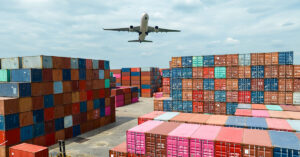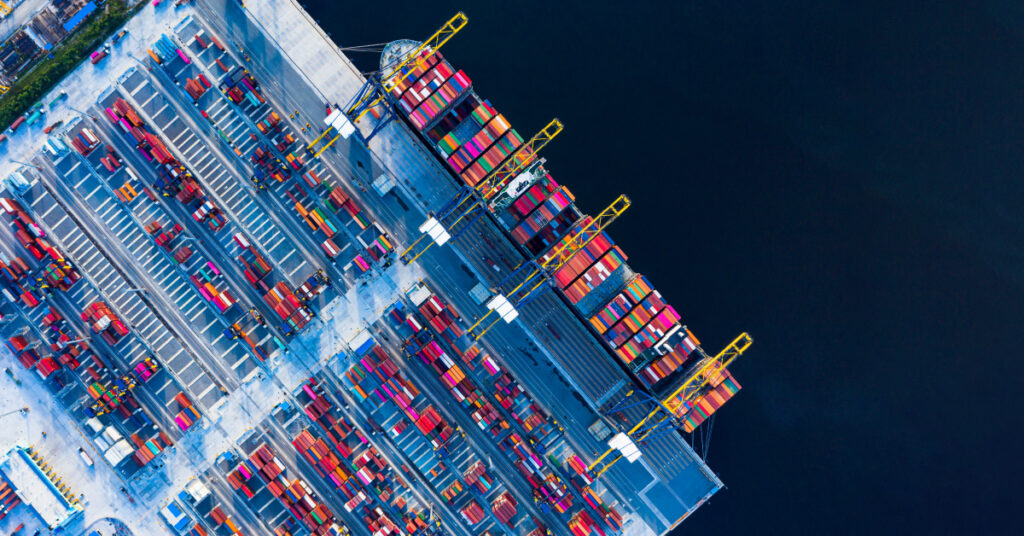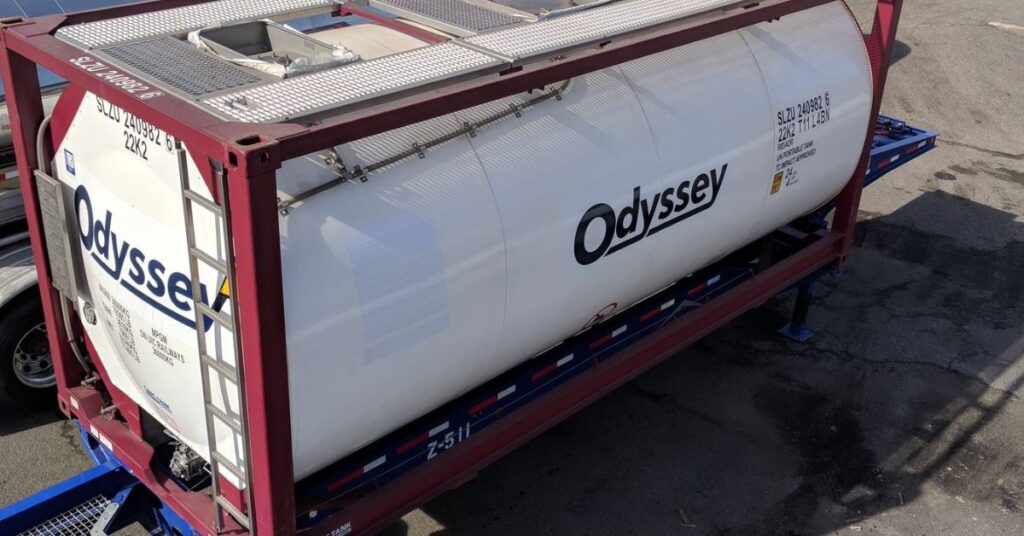Here’s what shippers can expect for the peak summer shipping season and some tips on how to manage the current transportation marketplace volatility.
With the national economy coming back to life, e-commerce sales hitting new highs, and the labor shortage in full swing, the summer of 2021 looks to be like none other when it comes to logistics and transportation.
Freight capacity was already tight coming into the year, and it hasn’t improved much as 2021 has progressed. Now at the halfway point, the year has produced interesting new challenges like port congestion and container shortages, all within the context of a persistent truck driver shortage.
“The increased e-commerce volume generated by the pandemic has no end in sight—and signals a permanent behavioral shift of an indeterminate magnitude,” Breakthrough Supply Chain’s Brooks A. Bentz writes in Logistics Management. “In fact, it has provided an opportunity for carriers, vehicle manufacturers, and tech companies to research, test, and invest in alternative ways to provide pick up, transport, sortation, and delivery.”
No End in Sight
High e-commerce volumes are (and will continue to) impact the freight market in ways that Bentz says weren’t predicted just five years ago. They’re also shifting shipment size and volumes toward parcel and less-than-truckload (LTL) from truckload and intermodal. However, the biggest impact of e-commerce can be seen in the parcel business, where “networks are being pushed beyond capacity in many areas by the time it takes to complete deliveries on low-density routes,” Bentz writes.
Trucking, air cargo, ocean cargo, and even rail—which shippers are increasingly turning to as an alternative to their traditional transportation choices—are all feeling similar impacts, many of which may carry through the summer and into the fall. With manufacturers, distributors, and retailers already preparing their Black Friday and Cyber Monday shopping campaigns, capacity constraints and other freight-related issues may continue right into the peak holiday season.
These and other trends could keep transportation rates elevated (or at least fluctuating) through the end of 2021 and into 2022. On the ocean front, for example, Transport Topics says that stretched global supply chains have driven ocean rates to record highs. U.S. ports are struggling to work through bottlenecks of goods imported on containerships, it adds, while the rail and truck networks that disperse them across the country are strained with equipment and labor shortages.
Navigating the Perfect Storm
For now at least, shippers will have to contend with this “perfect storm” of challenges as they plan out their supply chain strategies for the remainder of the year. “If this is primarily a supply and demand issue, then unfortunately it’s going to continue because the supply is limited and the demand just keeps on going up,” Dan Maffei, chairman of the Federal Maritime Commission, told Transport Topics, which adds that the congestion will collide in a surge in demand for goods as the July/August peak shipping season approaches.
Looking ahead, Supply Chain Brain says plans are underway to build new ships and add more containers, both of which would help ease the ocean congestion and free up available capacity. Unfortunately, these efforts take time and the results won’t come overnight.
“Supply chains are finding it difficult to keep up with demand as shipping capacity struggles,” Ben Hackett, founder of Hackett Associates, said in a JOC statement. “Vessel delays in Asian and US ports, and tight labor conditions and equipment shortages throughout the port and inland supply chains could continue through the remainder of 2021.”
Good Preparation & Budgeting
With good preparation and budgeting, shippers can ward off some of the negative impacts of the current freight environment and begin to plan for a more affable market in 2022. Using demand forecasting, for example, companies can plan out their freight needs earlier than normal and work to keep their production schedule flowing without any significant disruptions.
By combining this type of advanced planning with technology (e.g., visibility tools that support good decision-making and help you react quickly to fluctuations in capacity)—and also recognizing that rates will likely increase as the year progresses—companies can more effectively allocate their resources and come up with a logistics plan that meets their customers’ needs in any business conditions.
Here at Odyssey Logistics, we continue to monitor the current situation and support our customers as they work through the challenges that are placed in front of them. By optimizing every aspect of the logistics supply chain, including transportation management, planning, tendering, visibility, event management, and freight audit/payment/reporting across a global logistics network, we serve as a valued partner for shippers operating in any business conditions.








